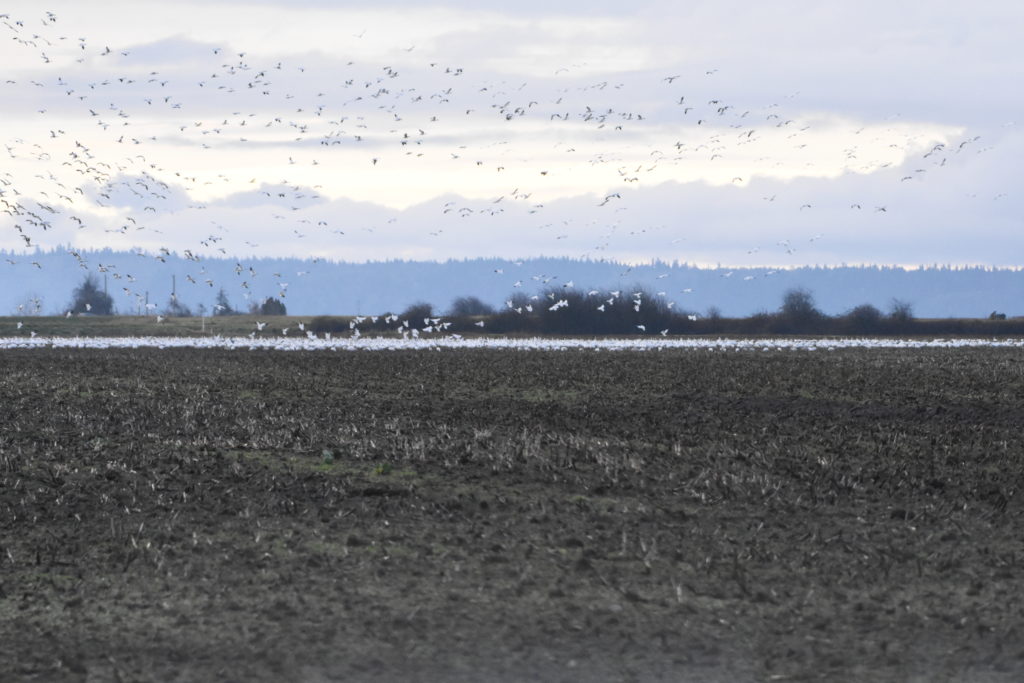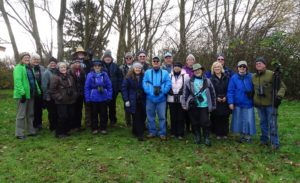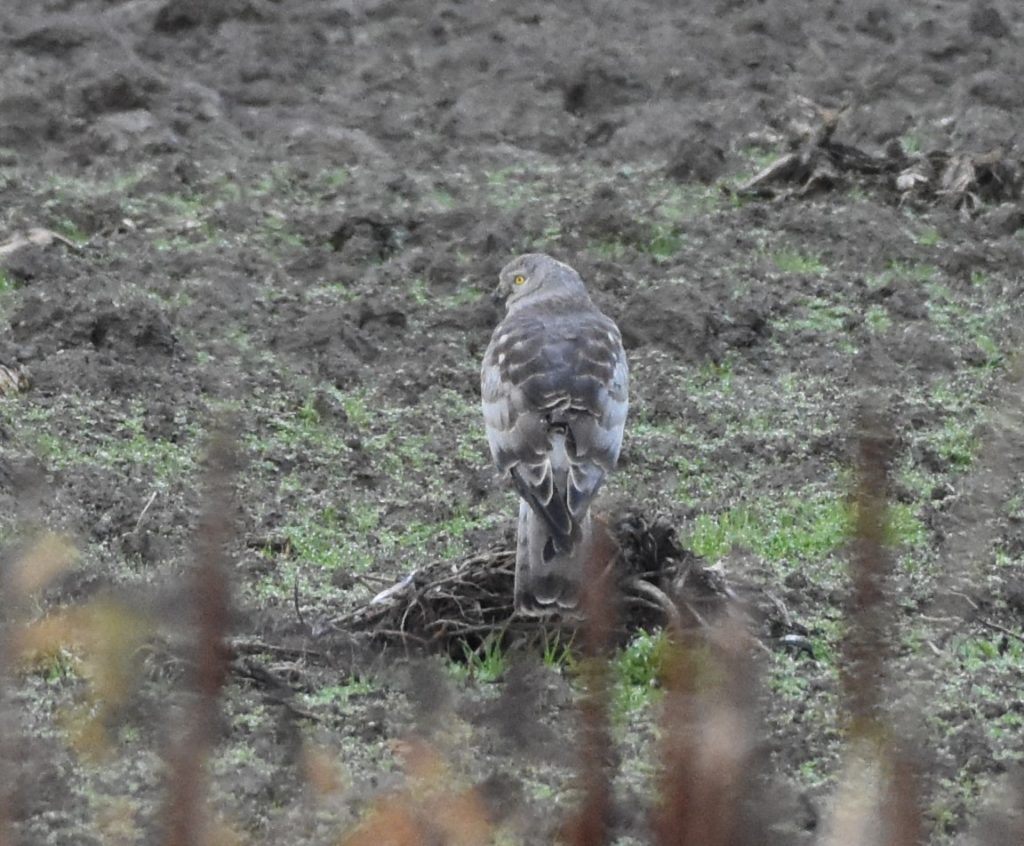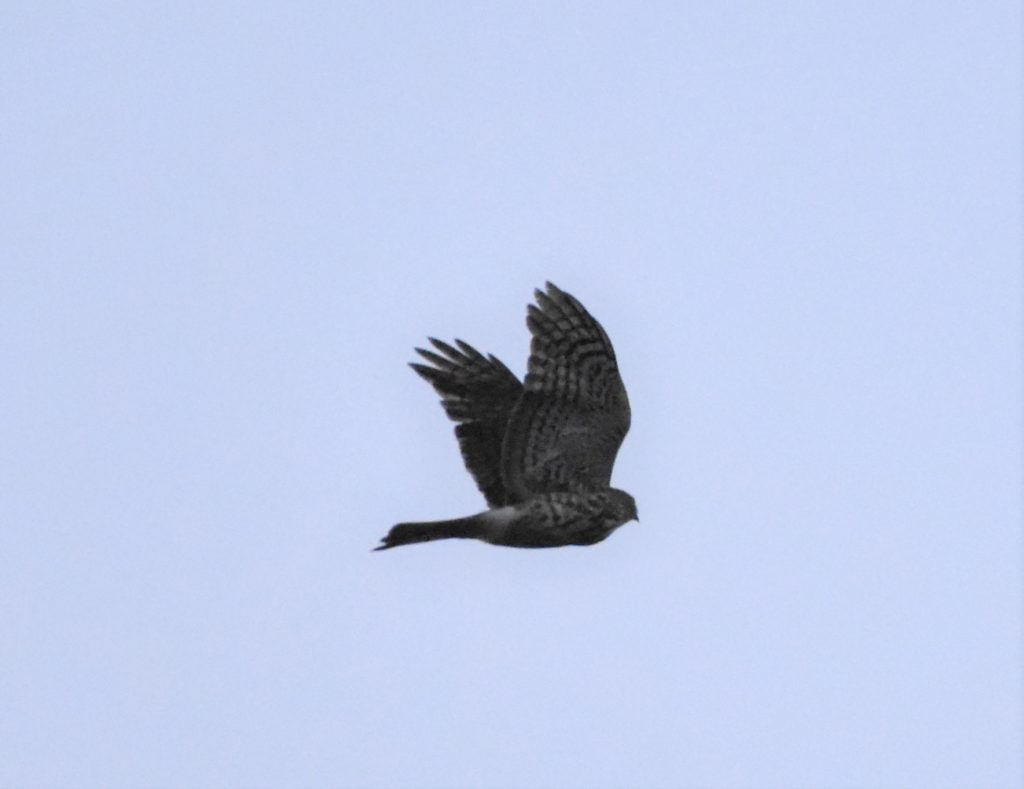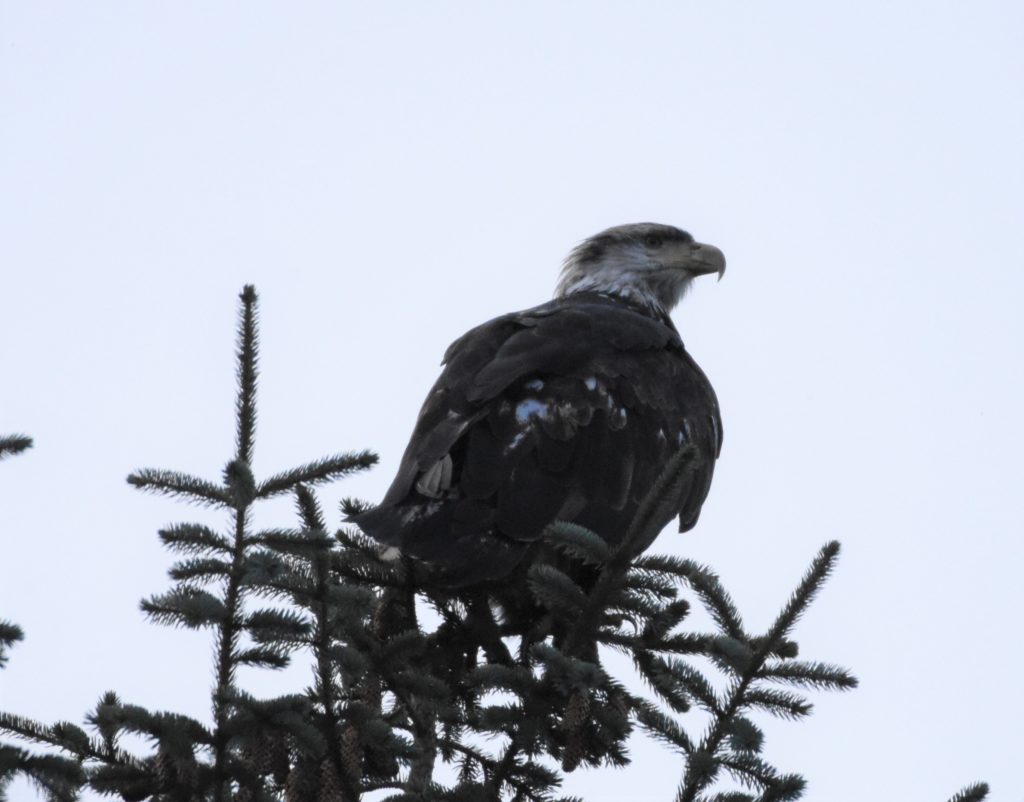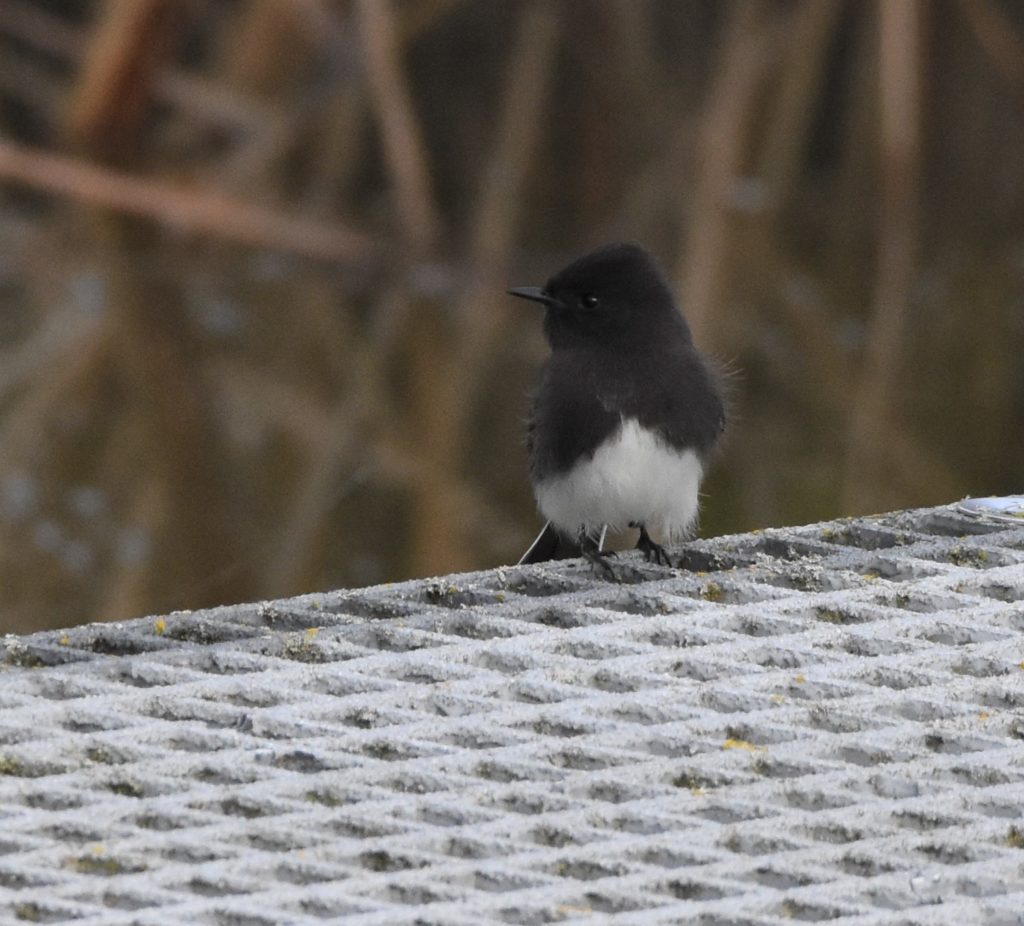
Thursday May 23rd at the U.P. Library our mentor Ken Brown presented the program: What’s in a Name: A History of Bird Nomenclature and Common Names.
The program was really in three parts. Initially Ken gave the story of Carl Linnaeus, 1707-1778, a botanist by training, so bored with school that he failed one college before being rescued from failing again when his lecturers realized he knew more than they did and made him a lecturer. He went on to publish the first book on a nomenclature system for all things, plants, animals and minerals. It appears that he was not lacking in confidence, as near the end of his life he wrote a passage Ken quoted telling everyone how great his work was and how no one else’s work could compare.

Ken then outlined how the system evolved into its current system of Domainà Kingdom à Phylum à Class à Order à Family à (subfamily) à Genus à Species à (subspecies).
In the second segment Ken gave biographical narratives of Carl Linnaeus and then three of the top early North American ornithologic greats.
Linnaeus was discussed above.
First the father of North American Ornithology Alexander Wilson, 1766- 1813, a political refugee from Scotland where he was imprisoned after writing sartirical support for striking miners, and escaped to the U.S. Here as a teacher and spare-time ornighologist he studied the birds of eastern North America and wrote a 9-volume American Ornighology series (7 published before his death) that became the sentinel work in American Ornithology and established him as the father of North American Ornithology.
Next Ken talked about “J.J. (a.k.a. John James Audubon) born Jean Rabin, the bastard son of Lt. John Audubon, a British lieutenant and privateer, probably mothered by a chambermaid-mistress Jeanne Rabine who died shortly after his birth. Ken outlines some of the colorful aspects of J.J.’s life including bankruptcy, grave robbing and of course his pioneering bird art. Ken suggested that J.J. was a pioneering artist and not as important as an ornithologist.
Next Elliott Coues, 1842-1899, was one of Ken’s favorites, an outspoken (to it gently) giant in N.A ornithology. Coues was an Army Medical Officer, and top ornithologist who was instrumental in introducing the trinomial nomenclature (including subspecies name) of birds, and wrote a key to North American Birds. He also wrote a treatise on whether swallows migrated or hibernated under lake ice, incredible to comprehend given todays understanding, but a controversial topic of the time). Ken talked about his work in founding the American Ornithologic Union, and his discovery of a new warbler species that after he sent a specimen to J.J. was named after his apparently beloved 18 year old sister Grace, hence Grace’s Warbler.
After a break Ken took questions about common bird names, looking up the answers in an old book he inherited as a part of the bird library of Bob and Georgia Ramsey, Ken’s mentors in birding and icons in the local birding community.
A good time was had by all. Ken made a call to all members to help us get back to our roots by developing programs on birding related topics to help us all become stronger birders, and increase our own birding and ornithologic backgrounds. Who’s up next?
Stay tuned for a You Tube version of Ken’s talk with audio over the power point slides for anyone who wants a review, or missed the talk.

